Henry & Samhula Benezra
Growing up in Istanbul, Henry Benezra dreamed of learning as many languages as possible to better understand the world around him — and by the end of his life, Benezra was fluent in seven. Born in 1899, he accompanied his mother to Istanbul’s harems where she taught women of the city’s high society to use Singer sewing machines, and where a young Henry gained exposure to the richness of cultural differences. Political turmoil following the Young Turk Revolution, however, compelled the Benezra family to flee to the United States in 1911.
Their first stop was New York, where Benezra studied at the Jewish Theological Seminary with Rabbi Mordecai Kaplan, founder of the Reconstructionist movement. In 1918 the family moved to Seattle, where, in 1920, Benezra was among the first Sephardic graduates from the University of Washington.
While Benezra was finishing his studies, his future in-laws, Esther and David DeFunes, along with their daughters Estrea and Samhula (Benezra’s future spouse), were navigating the United States’ restrictive immigration quotas that targeted Asians and Middle Easterners — and in particular, those in polygamous relationships. The family thus acquired two crucial pieces of identification to enter the country from Istanbul: travel papers from the local Spanish Consulate — obtained via their Sephardic lineage that linked them to Spain — and Esther and David’s ketuba, or marriage contract, which stipulated a monogamous relationship. Like many other Sepharadim immigrating to the United States in the early twentieth century, it was easier for the DeFunes family to enter the country as Spaniards than as Ottomans.
In Seattle, Henry Benezra dedicated his life to languages and his Sephardic heritage, notably authoring several still-published Sephardic novellas. Also a noted Ladino singer, he served as the president of Sephardic Bikur Holim Congregation and introduced English into the synagogue speeches and liturgy. Benezra’s collection of books, artifacts, and ephemera in Ladino, Hebrew, and English, shared with us by Al Maimon, opens new vistas on the Sephardic experience.
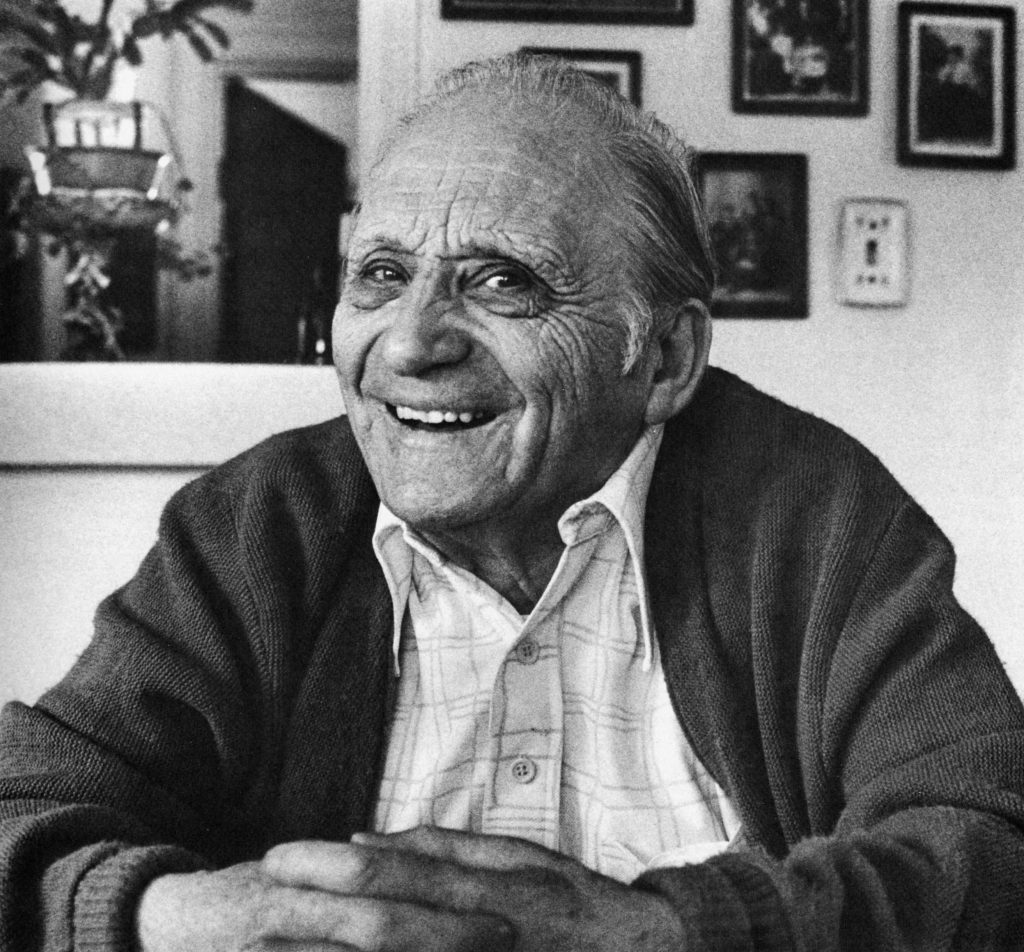
Photo of Henry Benezra from “Let Me Hear Your Voice: Portraits of Aging Immigrant Jews.” Photo by Rochelle Casserd.
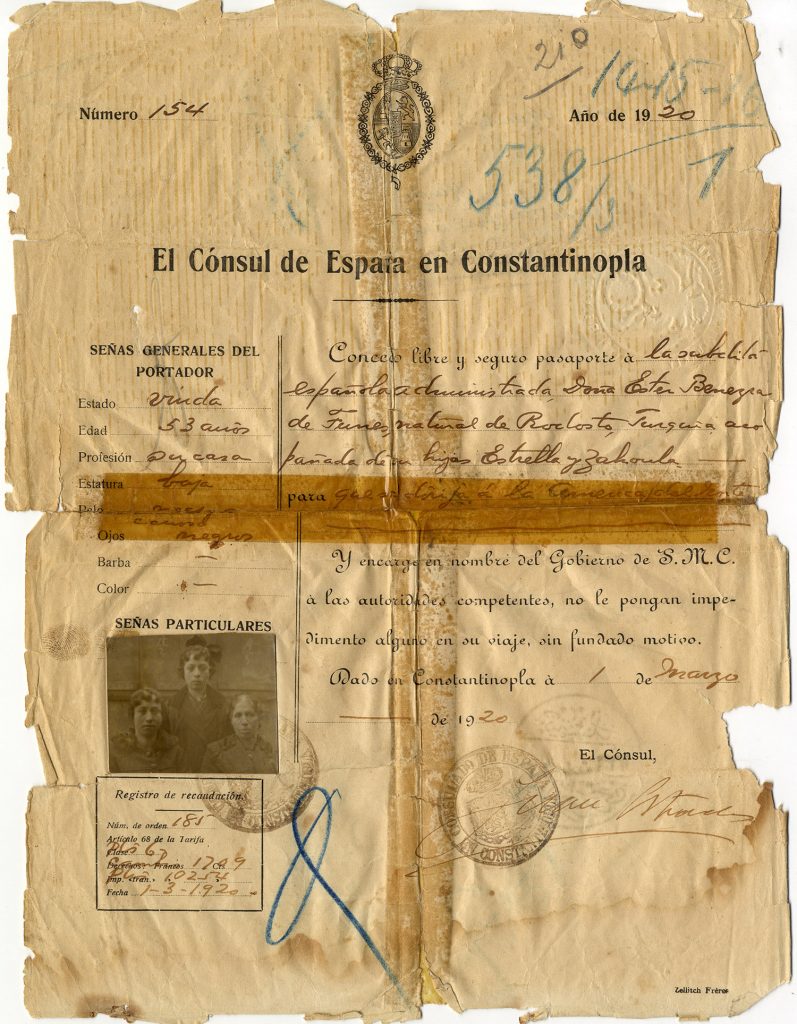
Passport application for Esther, Estrea, and Samhula DeFunes, who applied at the Spanish Consulate in Istanbul on March 1, 1920. The family was able to enter the United States soon thereafter and made their way to Seattle. (ST001965, courtesy Al Maimon)
Benezra Collection Highlights
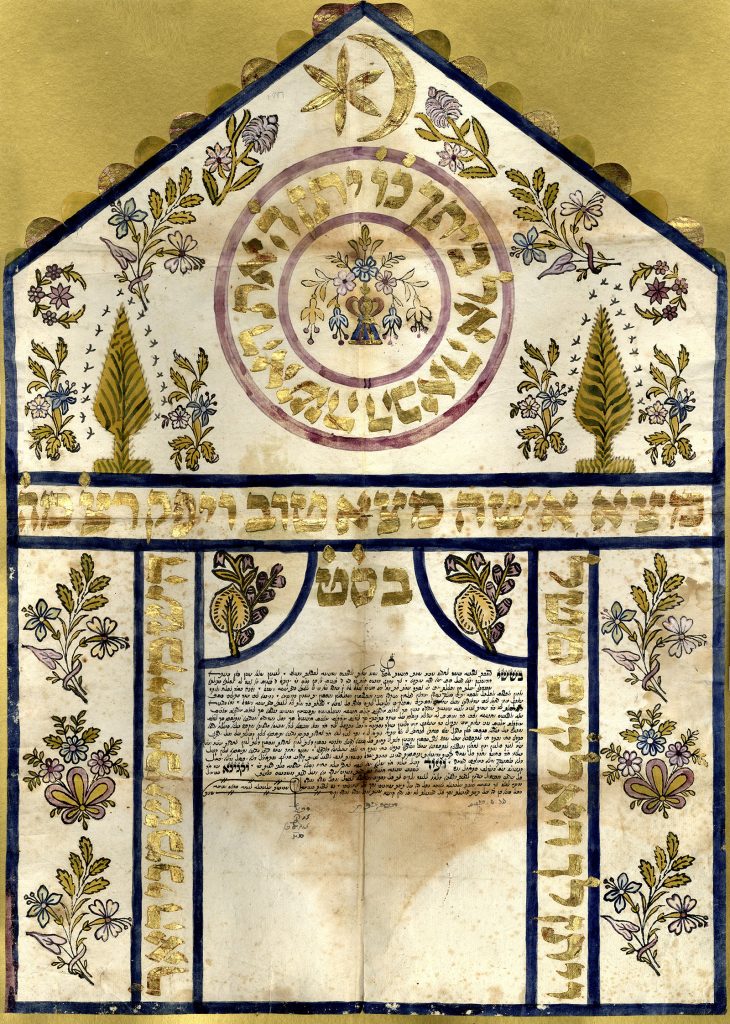
Ketuba (Jewish marriage contract) of Samhula Benezra’s parents, Esther and David DeFunes, which incorporates Ottoman and Islamic symbols of the star and crescent, and was signed in Tekirdag, 1887. (ST01600, courtesy Al Maimon)

Masthead of “Progress,” a newspaper published in Seattle (1934-1935) that advocated for the unity of all the city’s Sephardic Jews. Benezra numbered among the contributors. (ST01301, courtesy Al Maimon)
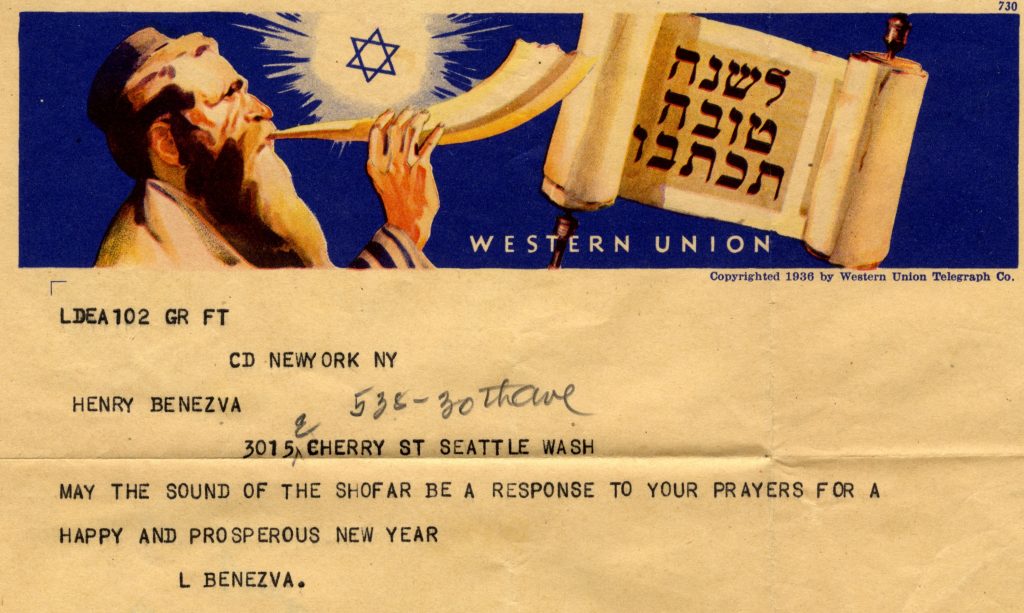
High Holiday telegram sent to Henry Benezra in Seattle on September 16, 1936. (ST01000, courtesy Al Maimon)
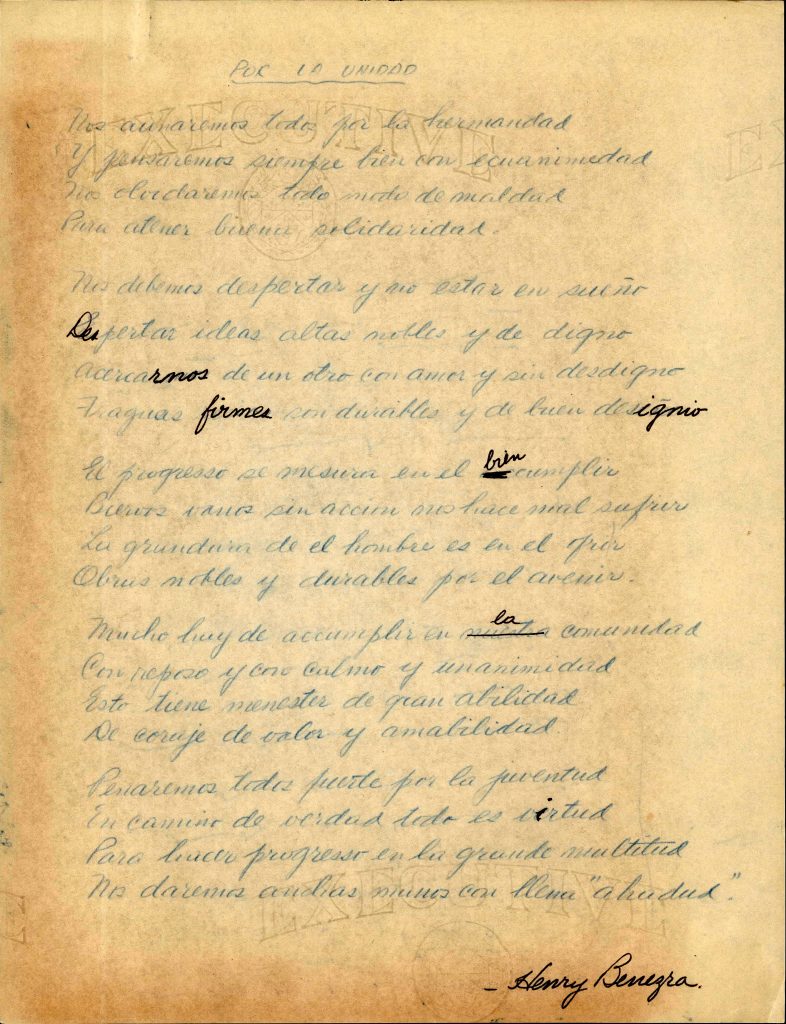
Handwritten draft of Benezra’s Ladino poem, “Por la unidad” (“For the Sake of Unity”), eventually printed in New York’s most important Ladino newspaper, “La Vara,” on December 14, 1934. (ST01325, courtesy Al Maimon)
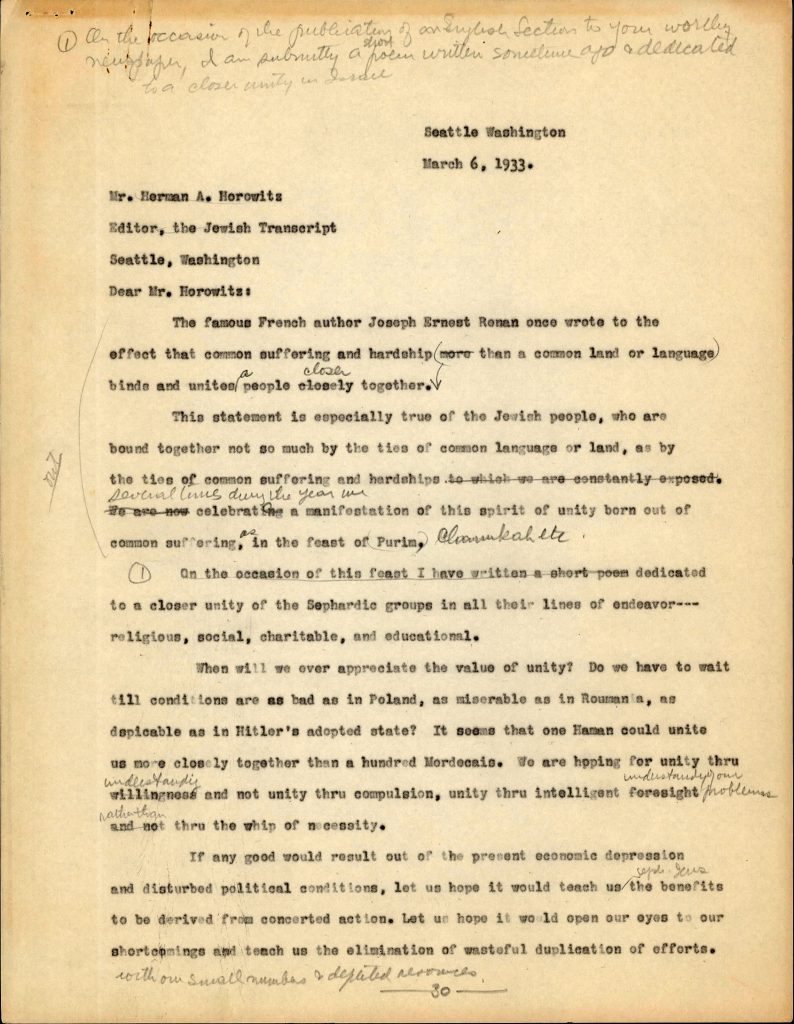
Drafted letter with editorial marks from Henry Benezra to Herman Horowitz, editor of “The Jewish Transcript,” a local Seattle Jewish newspaper. Benezra wrote for the paper and also frequently corresponded with the editor to share opinions and comments on the articles. (ST01326, courtesy Al Maimon)
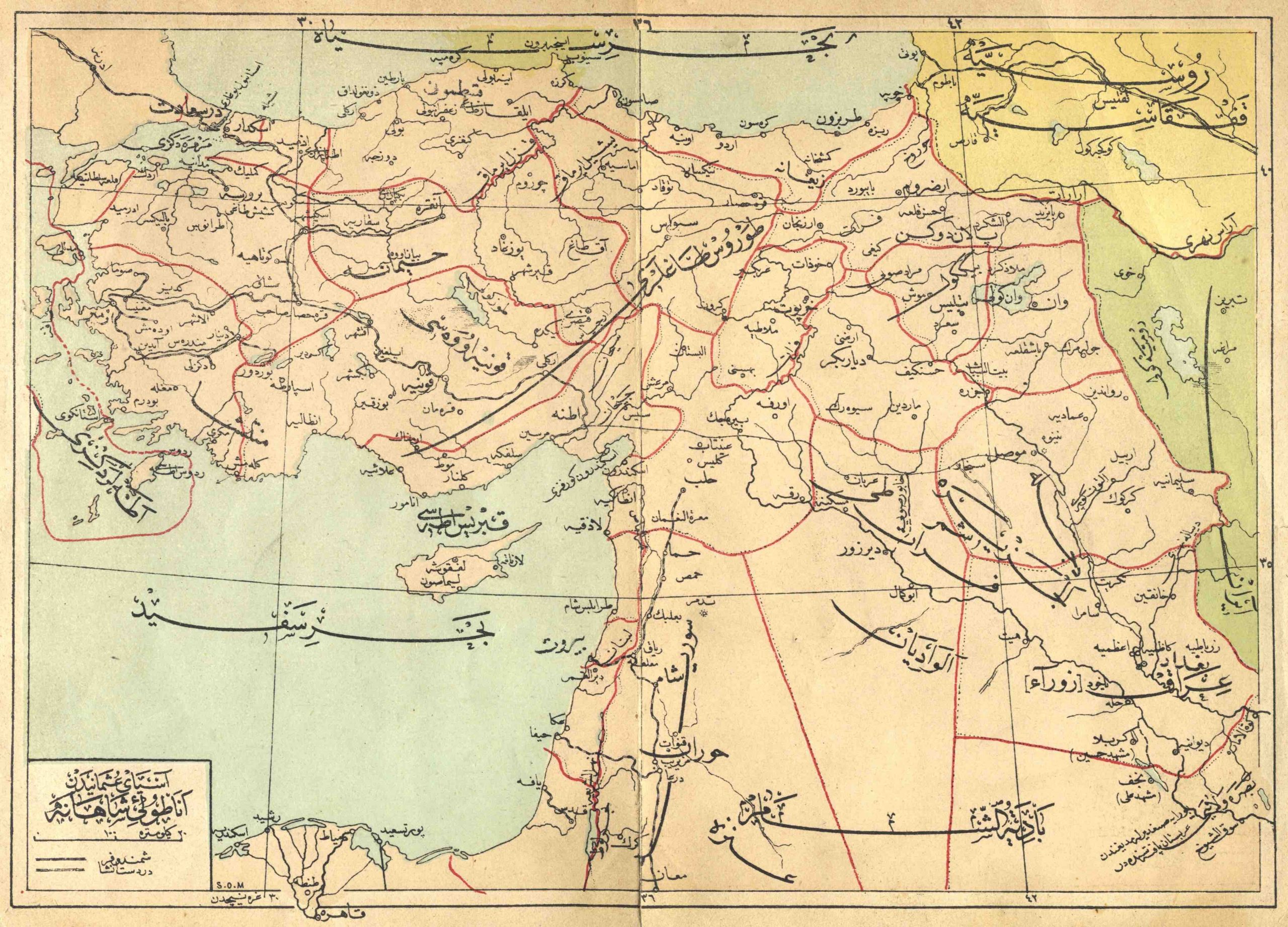
Map of the Ottoman Empire with labels in Ottoman Turkish, titled “Anatolia of the lands of the Ottoman Empire in Asia.” Found in one of Benezra’s books, this map was likely printed in the early twentieth century. (ST00920, courtesy Al Maimon)
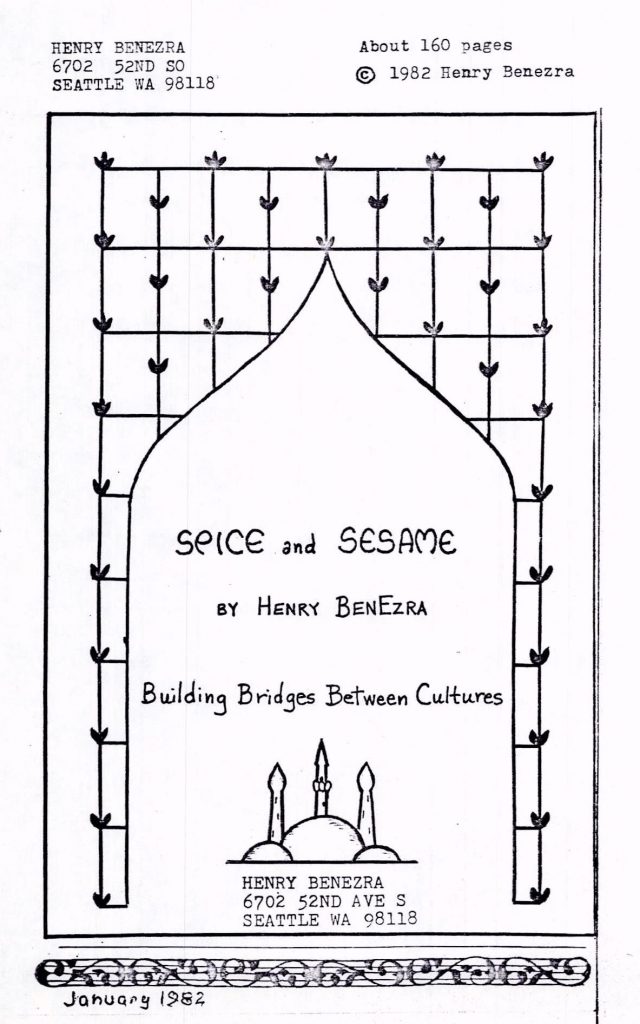
Draft for one of Benezra’s original works, “Spice and Sesame: Building Bridges Between Cultures,” a poetic composition inspired by Jewish and Islamic philosophy. In the introduction Benezra offers a hope that the work will be useful across cultures and religious denominations. (ST01356, courtesy Al Maimon)

